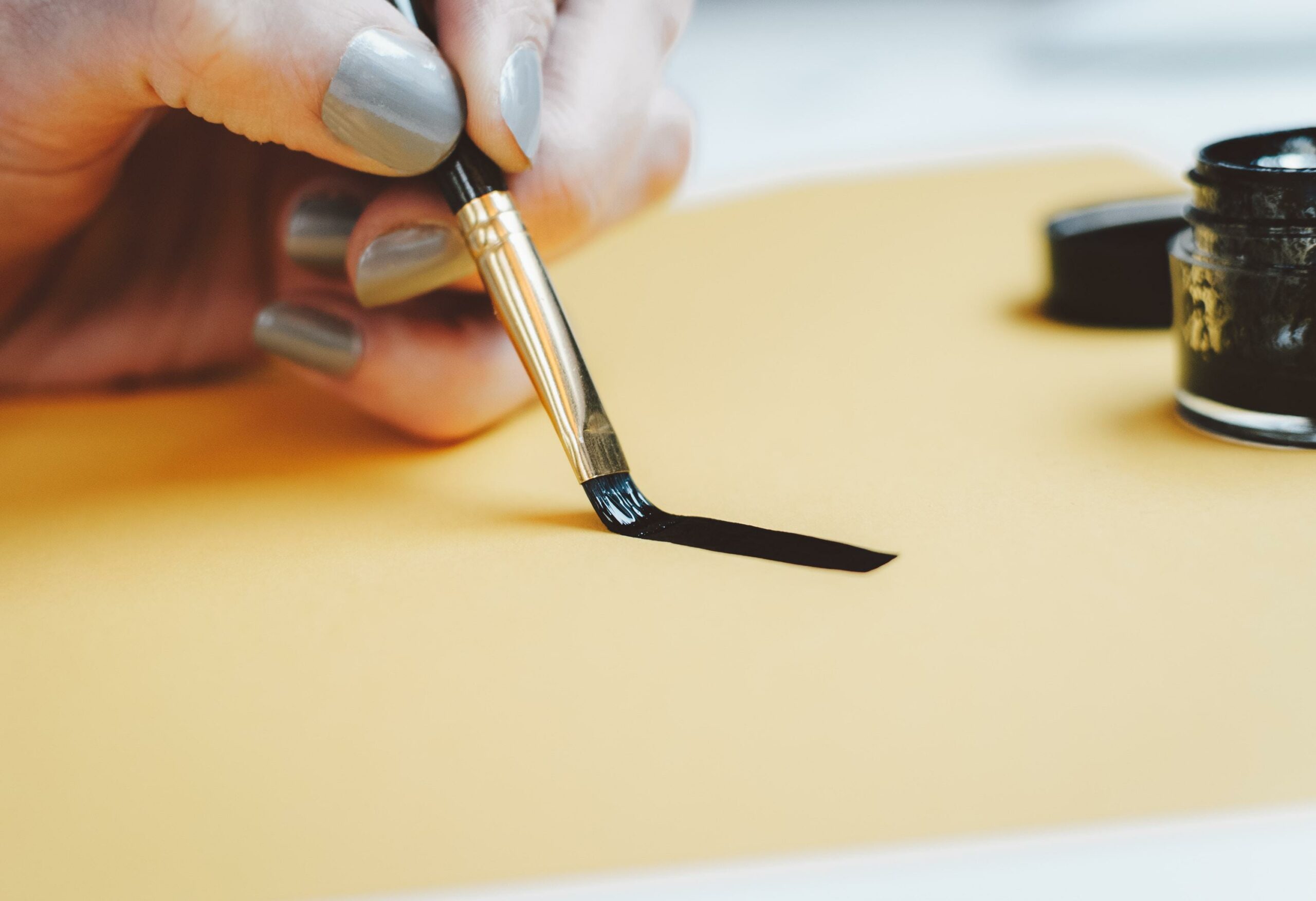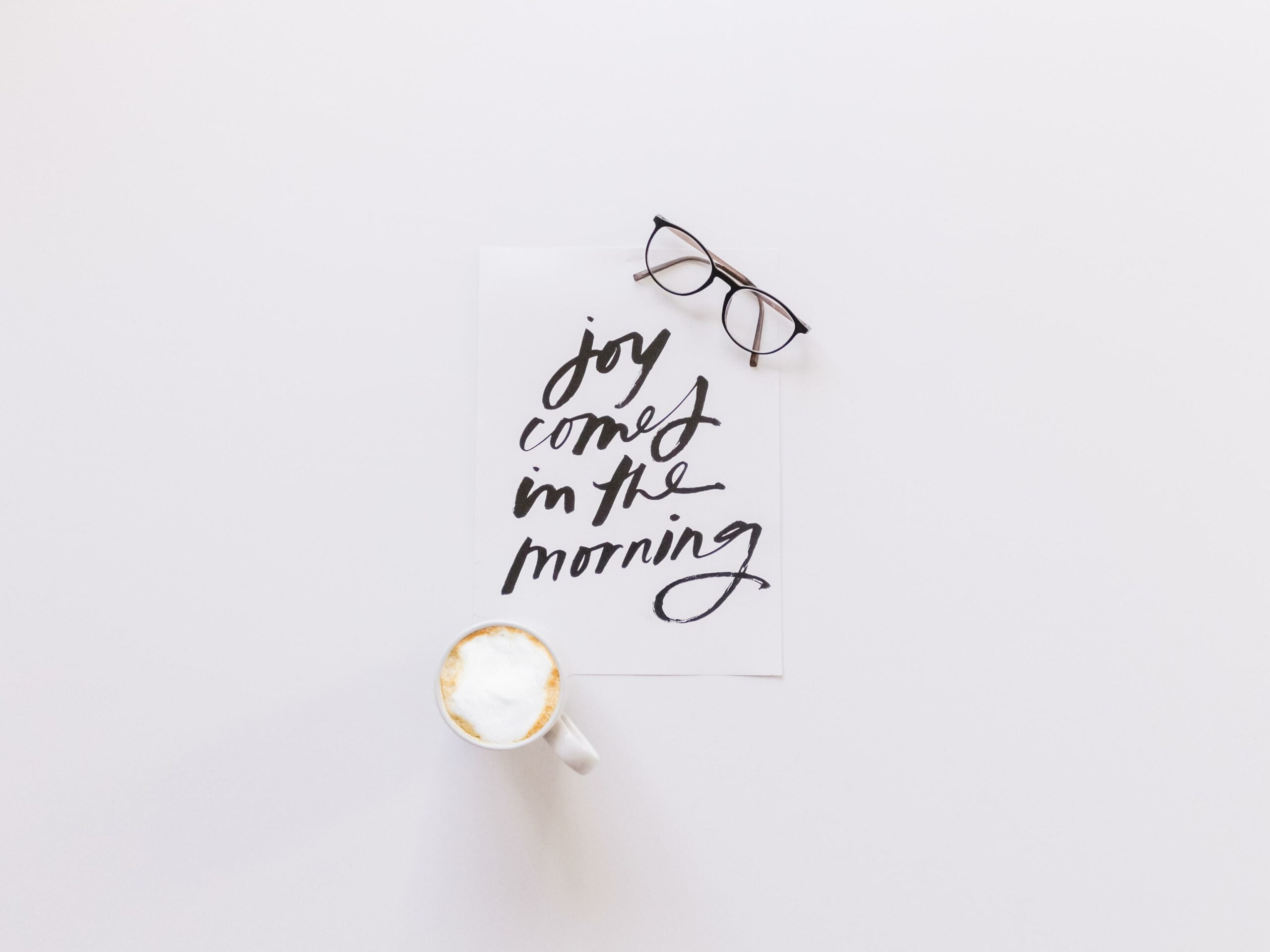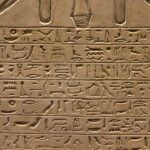Prepare to delve into the enchanting realm of Chinese calligraphy, where strokes become poetry and ink unfolds a world of rich cultural tapestry. In this captivating article, we will unlock the secrets of Chinese calligraphy, unraveling a tapestry of fascinating fun facts that will leave you mesmerized. From the profound historical roots to the aesthetic principles that guide each brushstroke, be prepared to embark on a journey through the captivating world of Chinese calligraphy – an art form that embodies centuries of tradition, symbolism, and artistic mastery. So, let us immerse ourselves in the beauty and complexity of this ancient craft as we uncover intriguing anecdotes and lesser-known treasures that illuminate the magic of Chinese calligraphy.

Fun Facts about Chinese Calligraphy
Chinese calligraphy, a revered art form in China, has a rich history and cultural significance. As we delve into the intriguing world of Chinese calligraphy, let’s uncover some fascinating fun facts that will ignite your curiosity and deepen your appreciation for this ancient craft.
1. Chinese calligraphy originated in ancient China, dating back thousands of years. The art form can be traced back to the Shang Dynasty, which existed over 1,000 years ago. With such a long and storied history, calligraphy carries the weight of centuries, making each brushstroke a testament to the artistic legacy of China.
Did you know? Chinese calligraphy’s roots go even deeper than its recorded history. It is believed to have emerged around 4,000-5,000 years ago, making it one of the oldest forms of writing in the world.
2. Calligraphy is more than just beautiful writing; it is a reflection of the calligrapher’s inner self. In Chinese culture, calligraphy is considered the highest form of visual art. The strokes of a calligrapher’s brush capture the essence of their emotions and personality, revealing a glimpse into their state of mind. It transcends mere penmanship and becomes a medium for self-expression.
3. Calligraphy emphasizes the harmony of opposites, creating a dynamic and balanced composition. Unlike other visual arts, calligraphy seeks to capture life’s motion and energy. The interplay between thick and thin strokes, the delicate balance of empty spaces and ink-filled characters, all contribute to the captivating aesthetics of calligraphy.
4. Traditional Chinese calligraphy is written with a brush and ink. The tools and materials used – a brush made of animal hair and ink made from grinding solid inksticks with water – remain the same as those used in ink and wash painting. The intricate techniques required to manipulate the brush and control the flow of ink are skills honed through years of practice and mastery.
5. Calligraphy goes beyond writing; it captures the essence of Chinese philosophy and culture. Each character in Chinese calligraphy carries profound meaning, often rooted in philosophy, literature, or historical events. Studying calligraphy opens a door to understanding ancient texts, classic literature, and the cultural nuances woven into the fabric of Chinese society.
Fun Fact: Calligraphy and painting share a close relationship in Chinese art. Ink and wash painting, known for its fluid brushwork and expressive landscapes, often incorporates calligraphy as an integral part of the composition.
6. Chinese children were traditionally trained from a young age in the art of calligraphy. Good calligraphy was not only a mark of prestige; it was also seen as a valuable social asset. Children would dedicate hours of daily practice, guided by experienced calligraphers, to develop their skills and craft.
7. Many renowned calligraphers in China were not only masters of calligraphy but also well-educated in other fields, such as poetry, painting, and music. This multidisciplinary approach to art allowed them to intertwine different forms of expression, creating harmonious compositions that resonated deeply with the audience.
Fascinating Fact: The connection between calligraphy and poetry is so profound that even today, poets and calligraphers collaborate to merge their talents, resulting in a mesmerizing fusion of words and brushstrokes.
Through these fun facts, we’ve only scratched the surface of the rich cultural tapestry that encompasses Chinese calligraphy. Each brushstroke, ink trail, and carefully crafted character carries with it a thousand years of history, wisdom, and beauty. So, the next time you encounter a work of Chinese calligraphy, take a moment to appreciate the meticulous skill and the profound stories it holds. It’s an art form that ignites the senses and invites you to delve deeper into the enigma of Chinese culture.
Calligraphy is an art form that has been around for centuries and continues to captivate and inspire. If you’re curious about the fascinating world of calligraphy and want to learn some fun facts, look no further! We’ve gathered a list of interesting tidbits that will pique your interest and leave you wanting to know more. From the history of calligraphy to famous calligraphers throughout time, there’s something for everyone to enjoy. So, get ready to dive into the world of beautiful lettering, and click here to uncover some fun facts about calligraphy!
Fun facts about Chinese calligraphy include the rich history and cultural significance of this ancient art form. Did you know that Chinese calligraphy has been practiced for over 2,000 years? It is not only a method of writing, but also a way to express emotions and convey the beauty of the Chinese language.
If you’re curious to explore more about Chinese calligraphy, check out these intriguing links:
- Chinese calligraphy fun facts: Discover interesting tidbits about the different styles of Chinese calligraphy and the tools used by calligraphers.
- Interesting facts about Chinese calligraphy: Delve into the symbolism behind each stroke and learn how calligraphy is deeply intertwined with Chinese philosophy and culture.
- Fascinating facts on Chinese calligraphy: Uncover the influence of calligraphy on other art forms, such as painting, and explore the diverse techniques employed by calligraphers throughout history.
Prepare to be captivated by the world of Chinese calligraphy and be inspired to further explore this beautiful art form!
Kids Learn Mandarin – Discover the Art of Chinese Calligraphy
[youtube v=”5yrOXDFahmM”]
Chinese calligraphy, known as shruffa in Mandarin, is a time-honored practice of writing Chinese characters using bamboo brushes made with animal hair. This traditional art form uses brush hairs that are combed to a fine point, similar to the end of modern pens.
To create the ink, water is applied to an ink stone, and the ink stick is grinded in a circular motion over the stone. This process produces the rich black ink that is used in Chinese calligraphy. Ink sticks are typically made of soot from pine or oil combined with animal glue, often decorated with landscapes or flowers with gold highlights.
The brush is then dipped evenly in the black ink before the calligrapher can begin writing on a special type of rice paper called shenzhen. This paper is specifically designed for long-term preservation and typically has an ivory white color.
These four essential items – the ink stone, ink stick, brush, and special paper – are collectively known as the “four treasures of the study” in Chinese culture. They are not only used for calligraphy, but also for a formal painting technique called inkwash painting.
Inkwash painting, which originated during the Tang Dynasty in the 7th century, is usually monochrome, employing only shades of black, gray, and white. However, this limited color palette does not make the paintings dull. On the contrary, it allows the artist to focus on capturing the essence and spirit of the subject matter, rather than its realistic form. It encourages free-flowing brushwork to express the emotions and thoughts of the painter.
Chinese calligraphy and inkwash painting were highly regarded and practiced by educated men and women in ancient China. It was not enough for individuals to be literate; they were expected to be proficient in these art forms as well. Both calligraphy and painting require delicate control of the brush and extensive practice.
Once the artwork is completed, it is often mounted on a hanging scroll and given as a gift to family and friends. It is a wonderful way to showcase the beauty and history of nature, as well as the artist’s skills and creativity.
In summary, Chinese calligraphy is a revered art form that has its roots in ancient China. It is more than just beautiful writing; it is a reflection of the calligrapher’s inner self. Through calligraphy, one can appreciate the harmonious balance of opposites and gain insights into Chinese philosophy and culture. It is a skill that has been passed down through generations and remains an essential part of Chinese education.
FAQ
Question 1
What is Chinese calligraphy?
Answer 1
Chinese calligraphy is a traditional form of visual art in China that is regarded as the highest art form. It involves using a brush and ink to create aesthetically pleasing and expressive characters, often on paper or silk.
Question 2
How old is Chinese calligraphy?
Answer 2
Chinese calligraphy has a history of about 1,000 years, but the art of calligraphy itself is around 4,000-5,000 years old. Its origin is attributed to China, dating back to the Shang Dynasty.
Question 3
Is calligraphy associated with other art forms?
Answer 3
Yes, calligraphy is often associated with ink and wash painting. Both calligraphy and ink and wash painting use similar tools and techniques. The combination of calligraphy and painting is highly valued in Chinese culture.
Question 4
Why is calligraphy different from other visual arts?
Answer 4
Calligraphy stands out from other visual arts because it focuses on depicting dynamic life and motion. It captures the essence of the written characters and conveys a sense of energy and vitality through skillful brushstrokes.
Question 5
Were calligraphers in China skilled in other areas?
Answer 5
Yes, some reputable calligraphers in China were well-educated and skilled in other areas such as painting, poetry, and music. They had a deep understanding of various art forms, which enriched their calligraphy skills.
“`json
“`
- China II Review: Delicious Food & Speedy Service - April 17, 2025
- Understand Virginia’s Flag: History & Debate - April 17, 2025
- Explore Long Island’s Map: Unique Regions & Insights - April 17, 2025
















